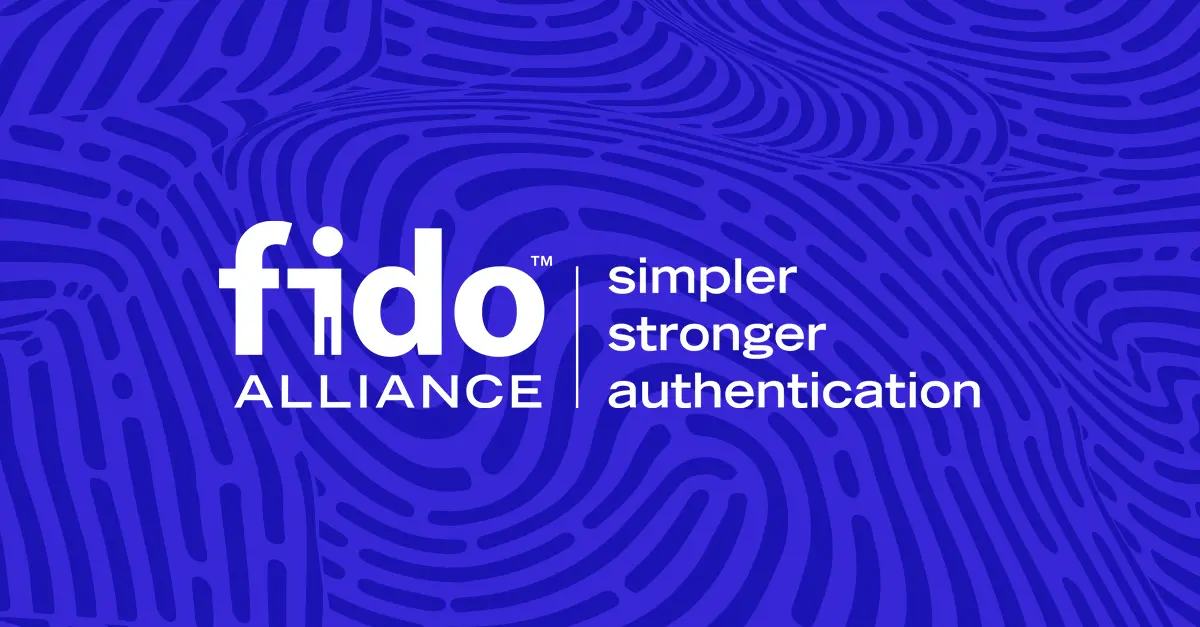The Beyond Blog

08 Dec 2025
The Hacker News Webinar: Winning the AI Arms Race
See why AI-generated phishing has become indistinguishable from real email and how organizations are shutting it down with deterministic, device-verified access.

20 Jan 2023
January 20, 2023
What are Passkeys?
As a developer, you've probably heard of passkeys. But what are they exactly? And why should you care?

20 Jan 2023
January 20, 2023
Cybersecurity Risks of Improper Offboarding After Layoffs
Offboarding an employee can be a cybersecurity risk, so we studied the specifics of improper offboarding and its consequences.
18 Jan 2023
January 18, 2023
Hacker Tracker: January 2023
Read on for Beyond Identity's analysis of high-profile cyberattacks, and more, that took place during January 2023.

17 Jan 2023
January 17, 2023
Credential Theft and Signing Fools
What makes Beyond Identity, or any other company, phishing-resistant. It’s a great question and our CTO Jasson Casey has the answer.

12 Jan 2023
January 12, 2023
Beyond Identity Announces FIDO2 Certification
Beyond Identity achieves FIDO2 certification and aims to enhance FIDO deployments with universal passkeys architecture, phishing-resistant MFA, and continuous risk policy.

05 Jan 2023
January 5, 2023
Getting Hacked Through a Video Game
Are certain consoles more prone to getting hacked than others? What kind of data is compromised? Read on to learn how hacks affect the gaming world.
15 Dec 2022
December 15, 2022
Hacker Tracker: December 2022
Read on for Beyond Identity's analysis of high-profile cyberattacks, and more, that took place during December 2022.

13 Dec 2022
December 13, 2022
Beyond Identity and CrowdStrike Integration: Advanced Attack Prevention and a Strong Zero Trust Foundation
Today our engineering team dropped a technical integration with CrowdStrike Falcon and this combination can help stop ransomware and account takeover attacks.

07 Dec 2022
December 7, 2022
Zscaler And Beyond Identity Introduce Integrations that Lower the Risk of Password-Based Breaches and Secure Application Access
The new Zscaler and Beyond Identity integration can help minimize breaches, shrink the attack surface, and secure application access.

